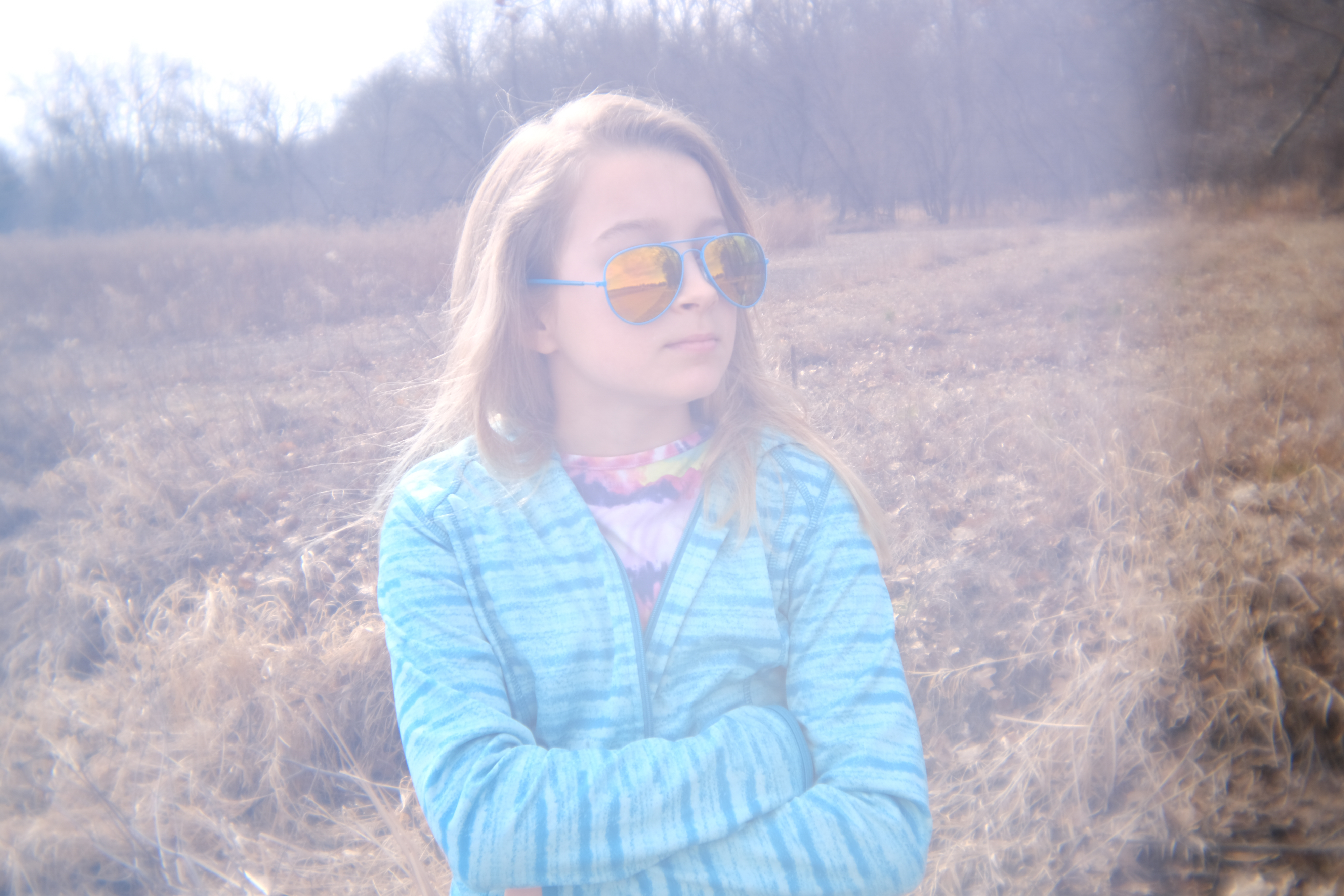5 steps to make your first photography NFT
Transforming digital photos into NFTs on the blockchain may be the future of photography and here’s how to get started
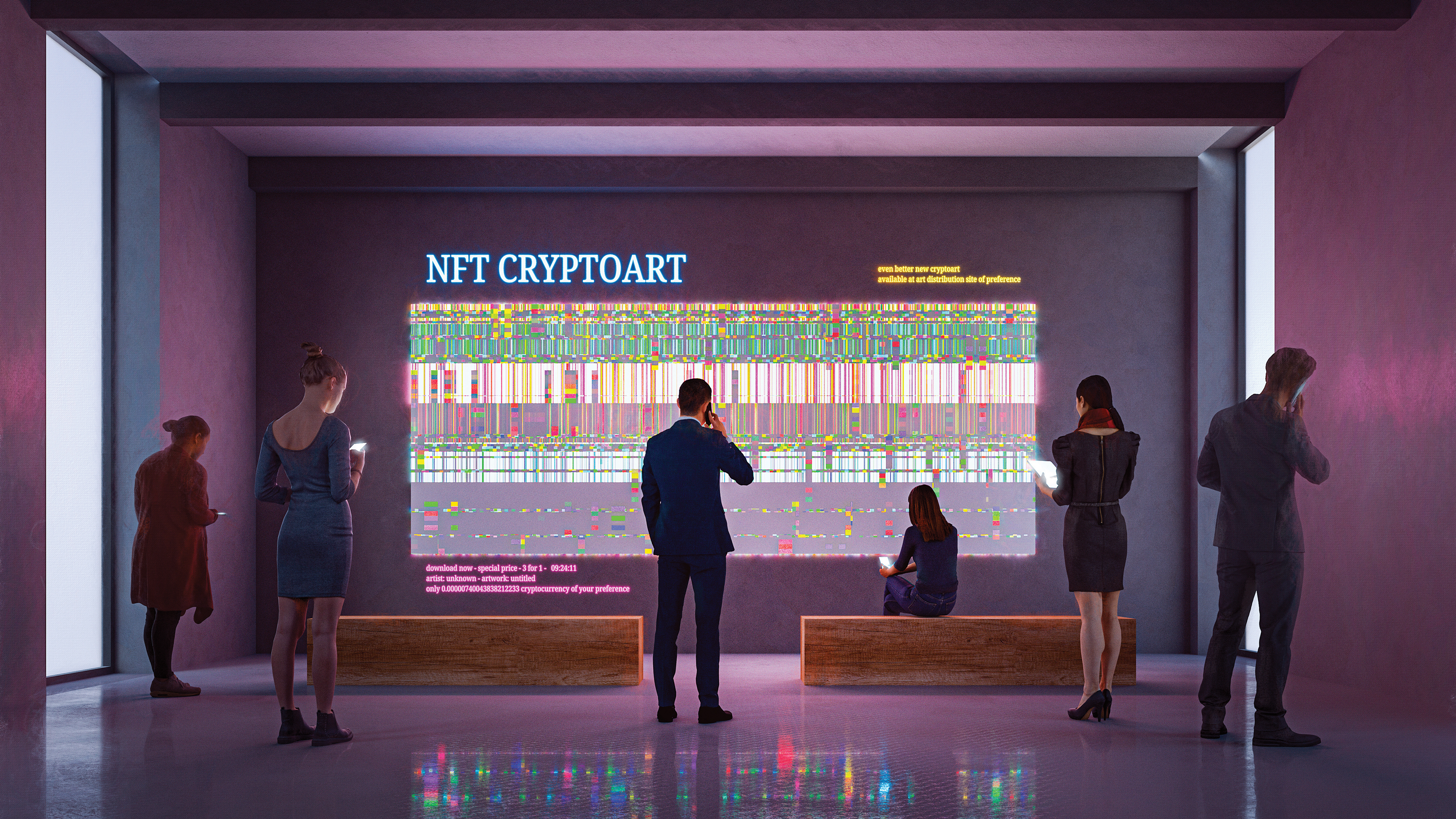
In their simplest form, Non-Fungible Tokens, or NFTs, are digital assets, such as photos, illustrations or even clips of music. NFTs have a limited edition quality, whether it’s one-of-a-kind or a batch of a select few. They work in a similar way to limited edition physical prints in so much as part of their value comes from their rarity.
Another aspect of their value comes from how they work – NFTs are stored on the blockchain (a system that records all transactions made in cryptocurrency), so there’s a digital record showing the provenance of any asset. This means they can be traced back to the original owner or creator.
• Read more: How I sell my photographs as NFTs
While the NFT market is currently dominated by graphic design and digital avatars, such as The Bored Ape Yacht Club and CryptoPunks, it’s a new and growing area and an untapped market so there are great opportunities for photographers and early adopters.
Here, we look at the five things to consider when turning your images into NFTs and putting them on the blockchain.
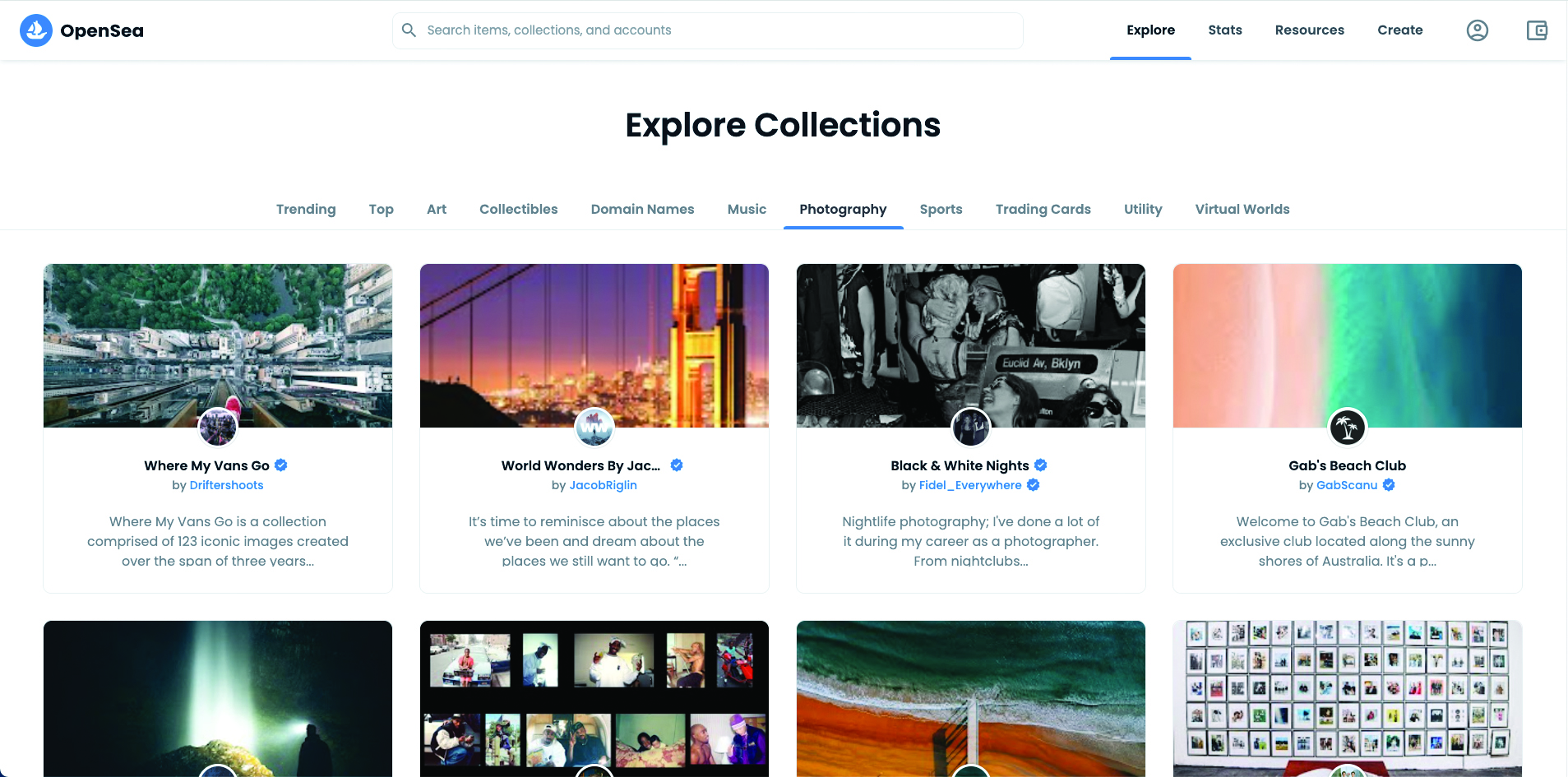
NFT Websites
There are a host of websites upon which you can buy and sell NFTs, including some of the popular ones like Opensea.io, Rarible.com, Crypto.com, Enjin, Binance and Forge. There are also several more exclusive sites, such as SuperRare and Foundation, but these are invite-only.
To buy NFTs, you will need a crypto wallet to store your cryptocurrency. You will also need to pay gas fees when minting them – these cover the cost of the energy used to process the transaction on your chosen blockchain, such as Ethereum. Fees change depending on the time of day, but on some sites you can set it so the buyer pays.
Get the Digital Camera World Newsletter
The best camera deals, reviews, product advice, and unmissable photography news, direct to your inbox!
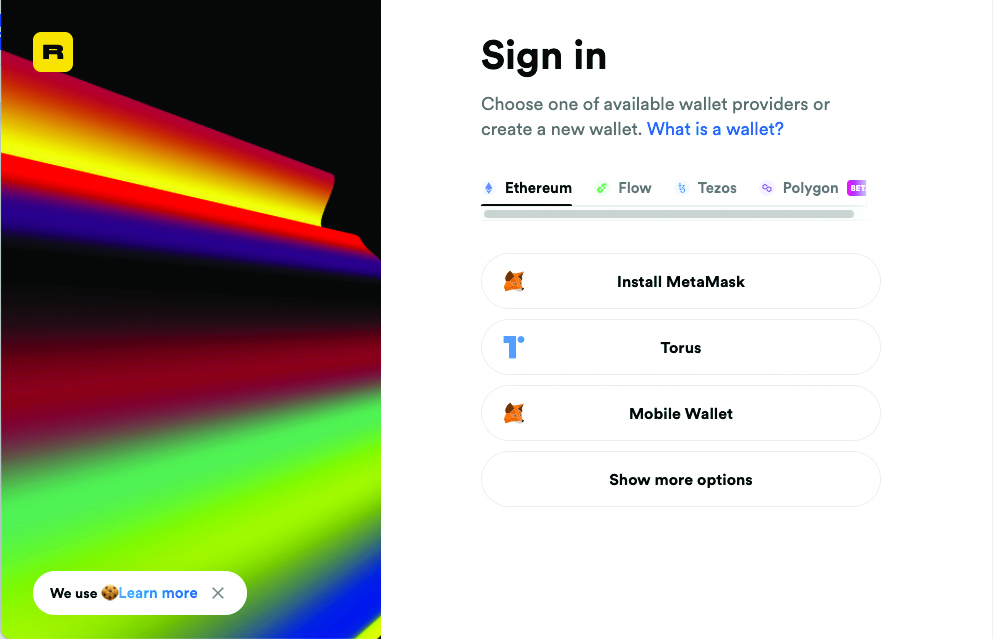
Choose your blockchain
NFTs are stored on the blockchain, though there are a whole host of
different blockchains on which you can buy, sell, trade and mint your NFTs. Some of the most popular blockchains for NFTs are Ethereum, Polygon, Tezos, Binance Smart Chain and Solana. Each of them uses its own cryptocurrency tokens that you will need to buy, either through your digital wallet or on an exchange such as Coinbase and then transfer to your wallet. This will be synced to Web 3.0 websites via your crypto wallet plug-in (such as Metamask) on your Internet browser.
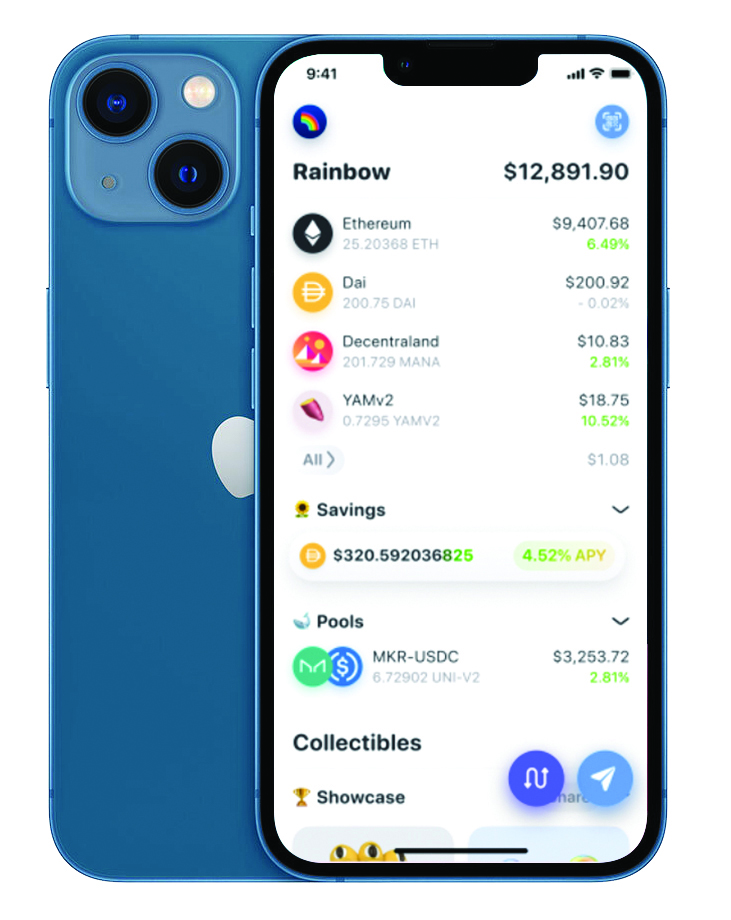
Set up your crypto wallet
To use Web 3.0 websites, such as Opensea.io or Rarible.com, you will need a crypto wallet. If you don’t already have one, you’ll need to install the plug-in for your preferred wallet, such as Metamask, Coinbase Wallet or Rainbow Wallet, in your internet browser. This is where you’ll store your cryptocurrency (eg. Ethereum) to buy NFTs or pay the gas fees when you mint. Your NFTs are also linked and stored on your wallet, so be sure to keep your password and keyphrase safe and secure – don’t store it online or share it.
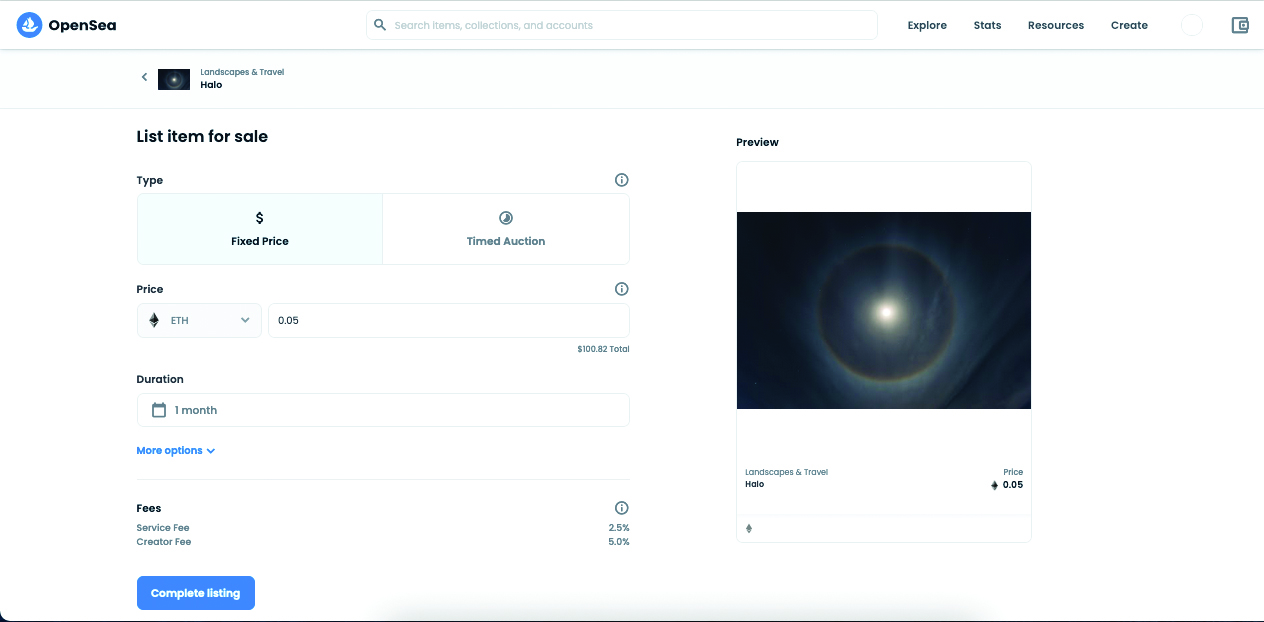
Set the royalty fee
One of the innovative features of this new technology is that many marketplaces allow you to add a royalty fee to the smart contract of your NFT. This means that every time your image is sold, you get a percentage of the sale – something you don’t get with traditional media such as paintings, where you only profit from the original sale. This means that if your NFT becomes highly valuable in years to come, you still get a royalty fee (if you set one). We recommend setting a royalty of around five percent – setting it too high will hinder its ability to be sold and traded.
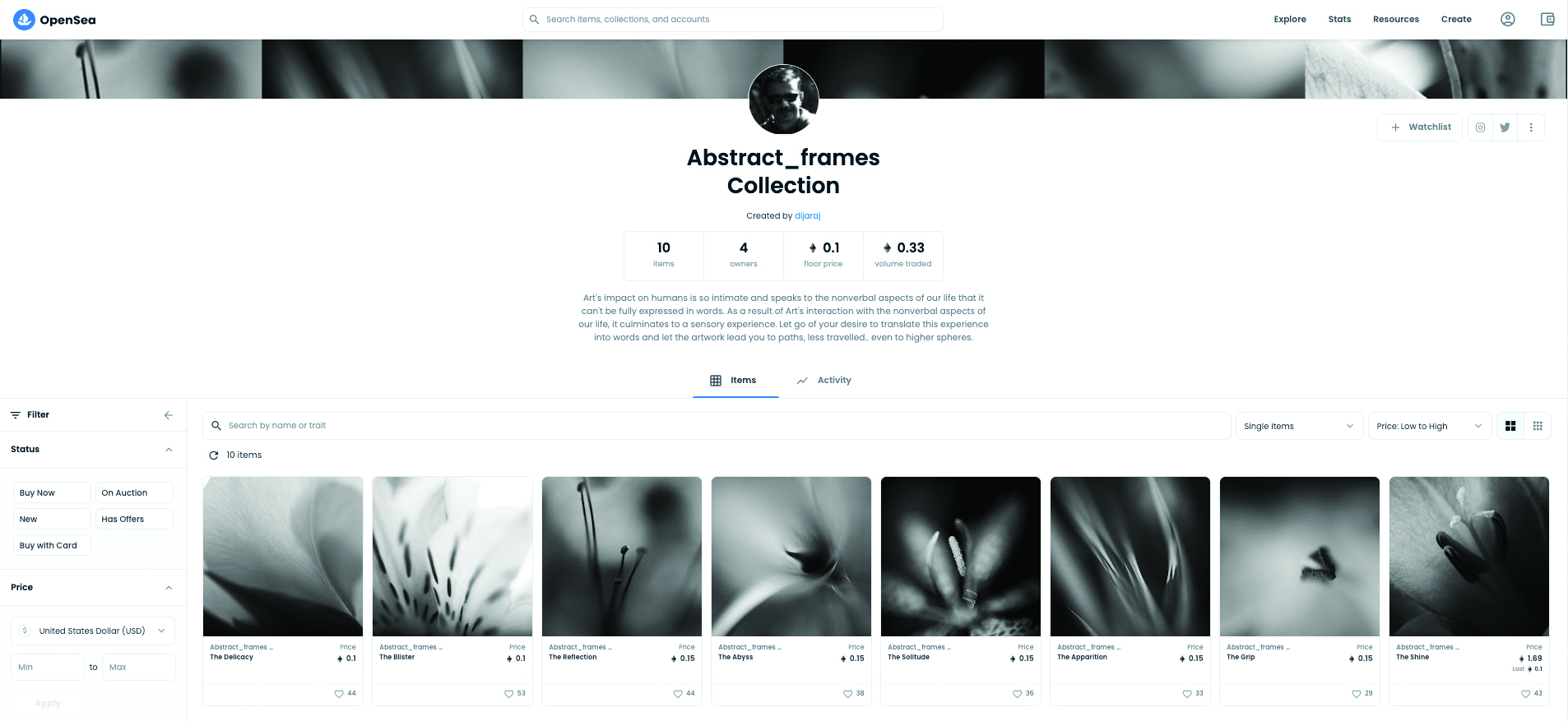
Group images with a fee
NFTs work well as a collection, so why not try and replicate this success with a set of your photographs?
NFTs work well as a collection. Currently, some of the most successful projects are collections of up to 10,000 different assets, such as graphic designs with a similar theme and style. Why not replicate this success with a set of your photographs? Try pulling a batch of images together that have a similar theme so you can make a collection out of your photographs, whether this is a specific project or genre, or a library of sky images. Why not try collating images with a similar theme, such as sunsets? It’s worth looking at other photography collections to see what is already being covered on the market and also to get a good idea of the sort of price you should be aiming to sell your images for.
Less than a decade old, NFTs are still very much in their infancy and digital photography in the NFT space is yet to hit its full potential. The blockchain technology behind NFTs is likely to be the future for digital assets, including art, photos and even music, so it’s worth getting to grips with the basics now and being ahead of the curve.
Read more
What are NFTs?
The best professional cameras
NFTs and photography – passing fad or here to stay?
Digital Photographer is the ultimate monthly photography magazine for enthusiasts and pros in today’s digital marketplace.
Every issue readers are treated to interviews with leading expert photographers, cutting-edge imagery, practical shooting advice and the very latest high-end digital news and equipment reviews. The team includes seasoned journalists and passionate photographers such as the Editor Peter Fenech, who are well positioned to bring you authoritative reviews and tutorials on cameras, lenses, lighting, gimbals and more.
Whether you’re a part-time amateur or a full-time pro, Digital Photographer aims to challenge, motivate and inspire you to take your best shot and get the most out of your kit, whether you’re a hobbyist or a seasoned shooter.

